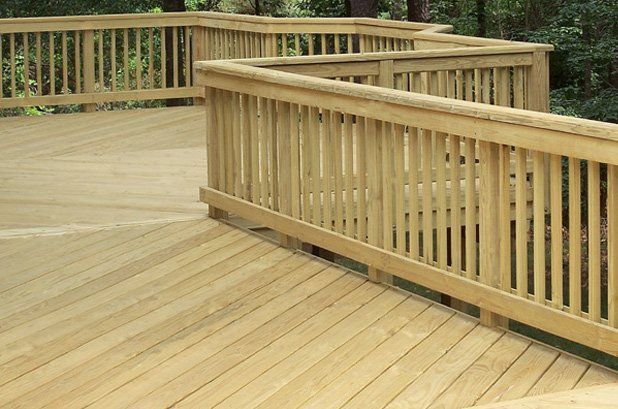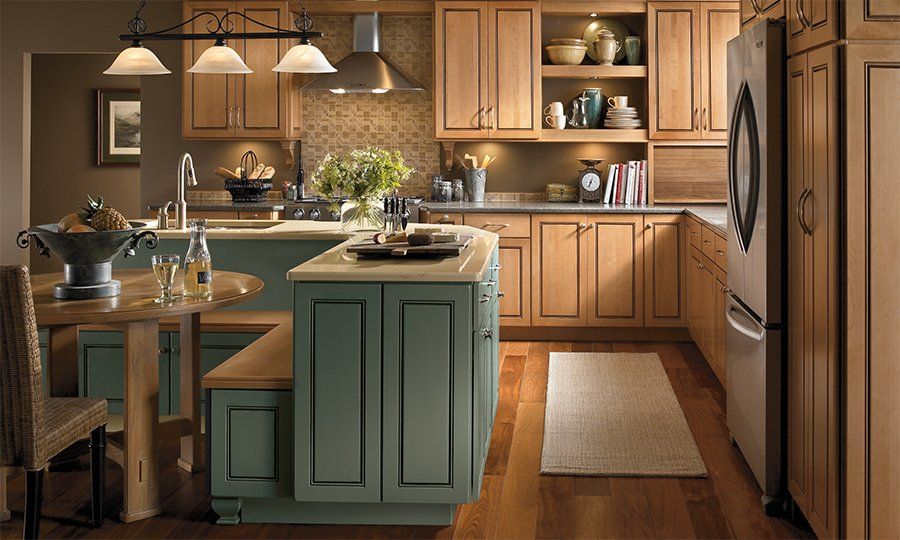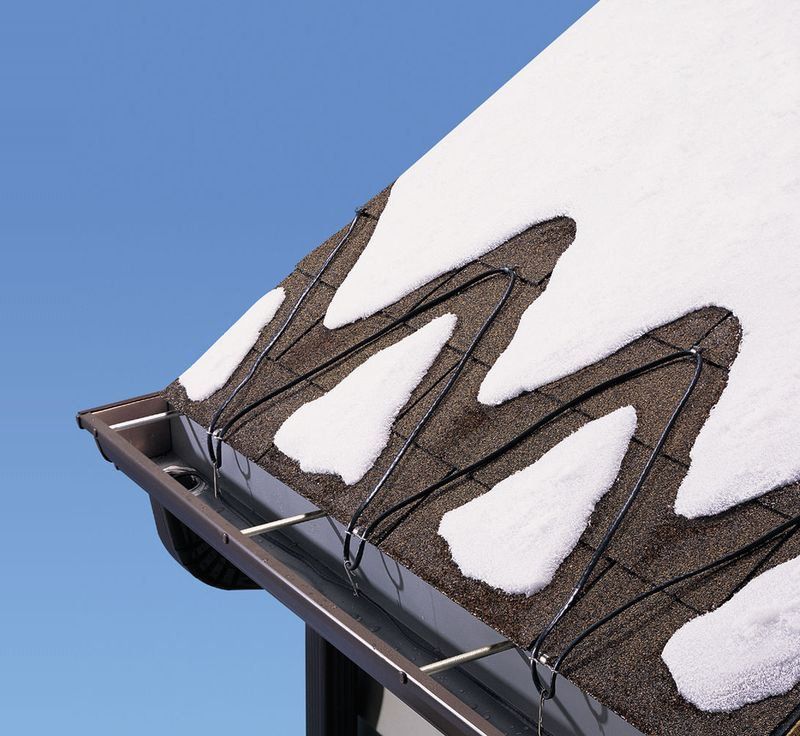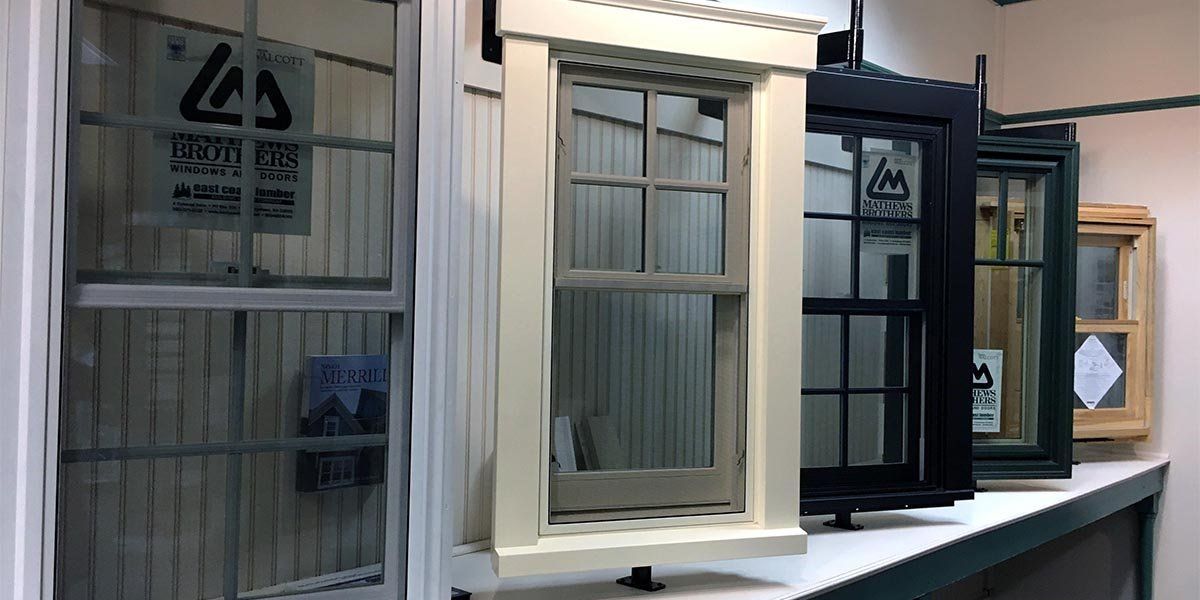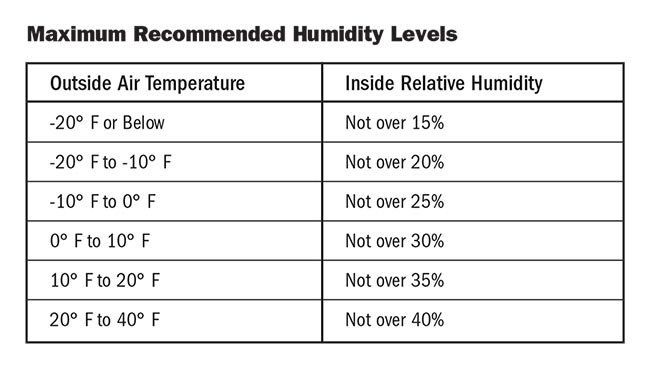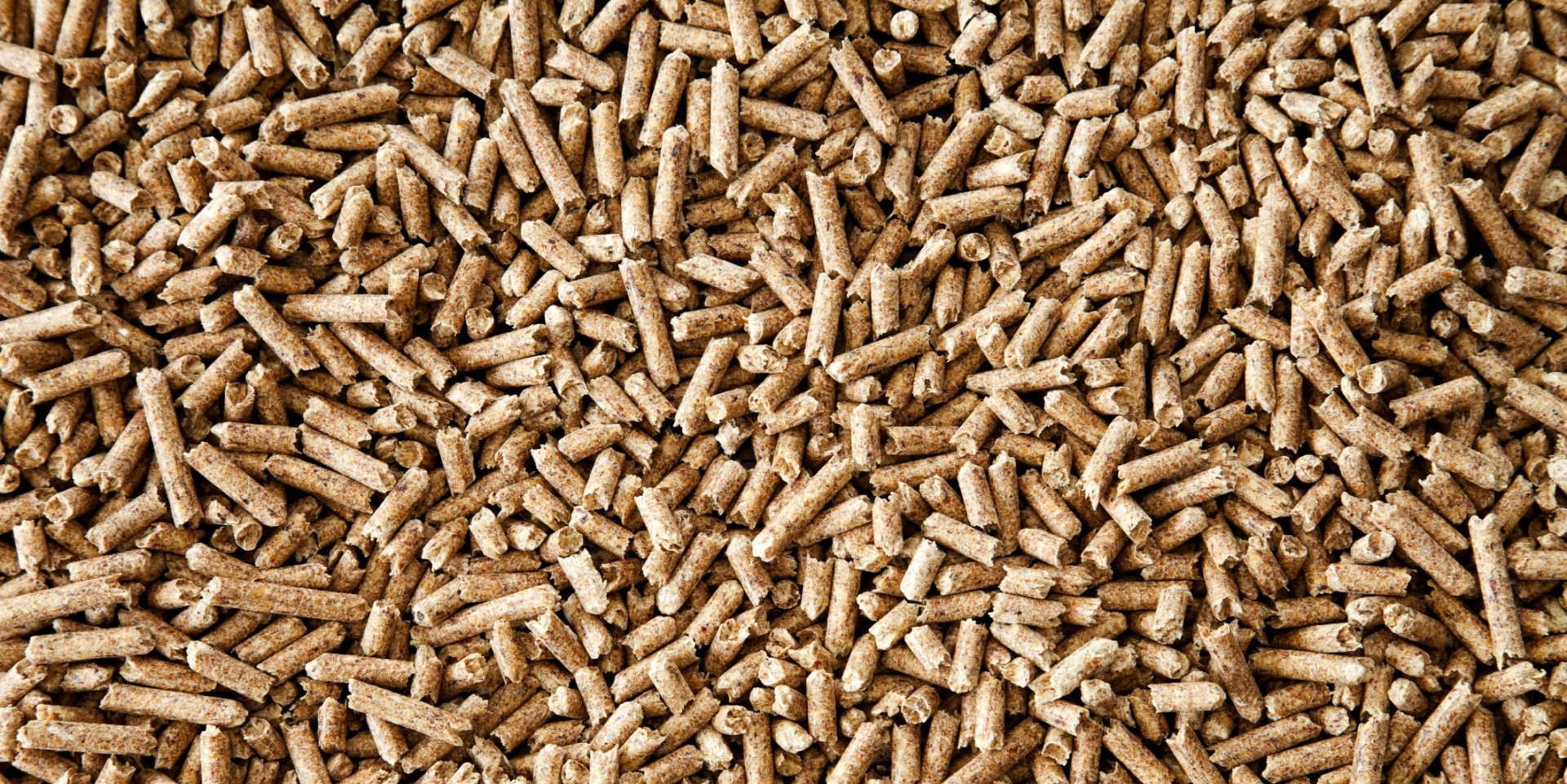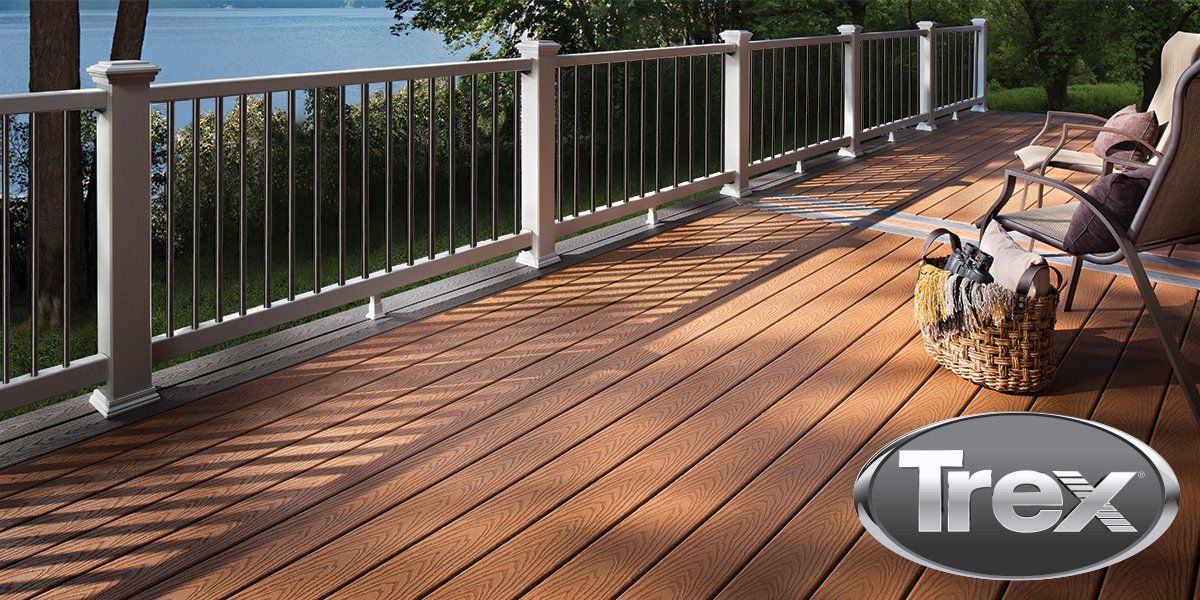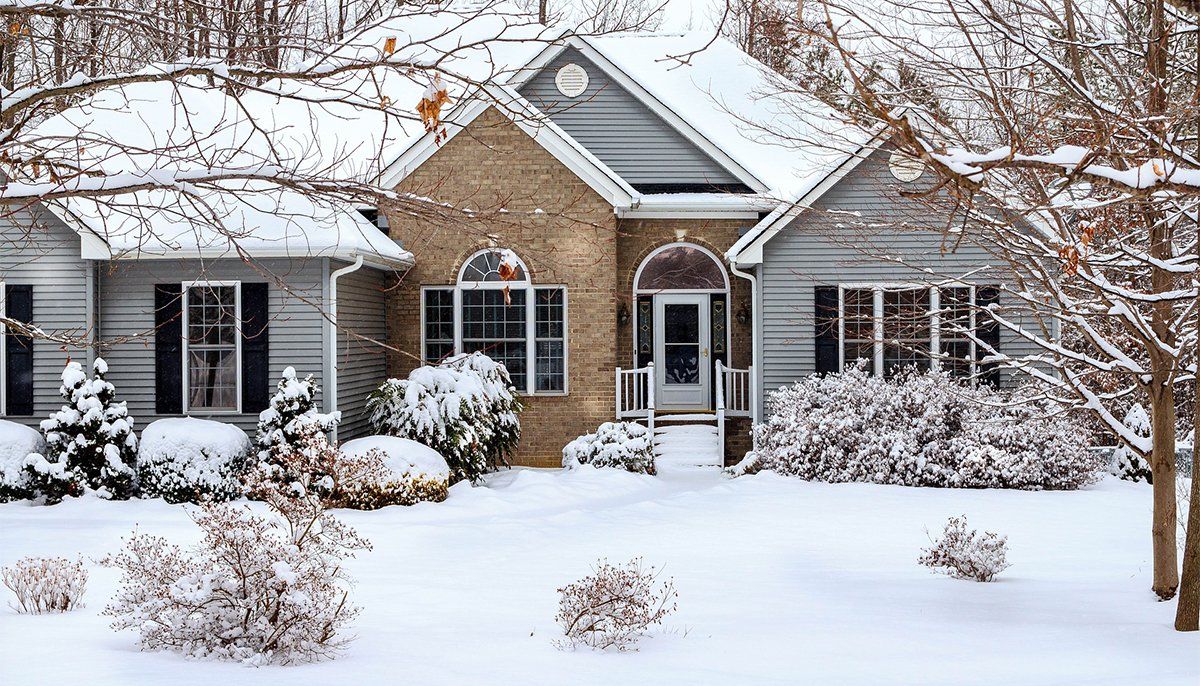What Does Window Condensation Really Mean?
Condensation on your windows doesn't necessarily mean something's wrong.
Have you woken up and found condensation littered all over
your window? These "sweaty windows" typically occur on window exteriors in the
late summer during times of high humidity, or on window interiors in the winter
during extreme cold spells.
Before you go running to your local window manufacturer, remember that this occurrence is completely natural. Just because you have condensation on your windows doesn't necessarily mean the windows aren't doing their job. In fact, Sales Manager Eric Murphy says, most times, it means that the Low-E coating on modern windows is in fact doing its job as designed.
"The reason why we get condensation is because of the difference of temperature on the glass surface inside or out, relative to the ambient air temperature and the humidity level or dew point. The reason why it comes up is because customers get freaked out thinking there is something wrong with the glass.”
For those that don't know, condensation forms because of the water vapor in the air. When the surface temperature of any item drops below the dew point, the moisture in the warmer surrounding air materializes as water droplets on cooler surfaces like window glass, metal, and grass.
Condensation formulates on the window glass because the Low-E coating reflects heat rather than absorbs it. This makes the glass surface temperature cooler than the air temperature. It’s one of the first surfaces to fall below the dew point. According to Murphy, it's a reaction that proves the glass is performing as designed.
"There’s no real benefit to having the glass be warmer, it’s
that you want the heat to stay on the right side of the window. You’re stopping
the heat from passing through the glass. You’re insulating your home so that
your house can stay cooler in the summer and warmer in the winter."
With that said, just because your windows don’t generate a lot of condensation doesn't mean that your windows are any less effective. "There are many environmental factors at play here," said Murphy. The amount of condensation that appears on the windows could be affected by the direction in which your windows are facing, and how much direct sunlight shines on the glass. Humidity levels and the air current inside or outside the home are just a few more examples of factors at play.
The phenomenon seems to be more prevalent in new homes. This is because the house hasn’t had a chance to "dry out." Building materials like concrete, wood, joint compound, plaster, paint, and other finishes all have a very high moisture content and take time to dry out. That process can keep the humidity levels high in a new home for some time. With highly efficient, tight building envelopes of modern homes, this can take a lot longer.
When not addressed, in extreme cases the moisture can drip down the window, and potentially effect woodwork, drywall and other finished surfaces.
"But, the biggest and most common complaint moisture causes is simply not being able to see out the window," Murphy said.
As for relying on drapes and curtains to help with condensation, this can have the exact opposite effect. Curtains can minimize warm air currents that get to your window glass and may actually trap the moisture that's there.
If someone really wants to prevent condensation from appearing on their window's interior, Murphy suggests getting a dehumidifier and adjusting the humidity level down accordingly based on the amount of moisture in the area. Generally, the colder it is outside, the lower the humidity level should be inside ( see diagram below ). You should also run bath fans during showers and kitchen exhaust fans while cooking. It's important to make sure they're working properly as well. Typical house fans can also help to keep the air circulating and moving so that it doesn't isolate excessive moisture one area.Another effective product is
DampRid,
which has a long history in combating moisture.
"An old school farmer's trick is to take the calcium chloride from bag that you use on the ground to thaw out ice, put it in nylons, and hang them up in damp areas of the basement," said Murphy. "Calcium will absorb moisture in the air. If you place a bucket below it, when it gets too full of water, it will drip into the bucket and act just like a dehumidifier. It’s the old root cellar mentality."
Learn more about window options and find what types of windows we offer in our Door, Windows, and Millwork Department.
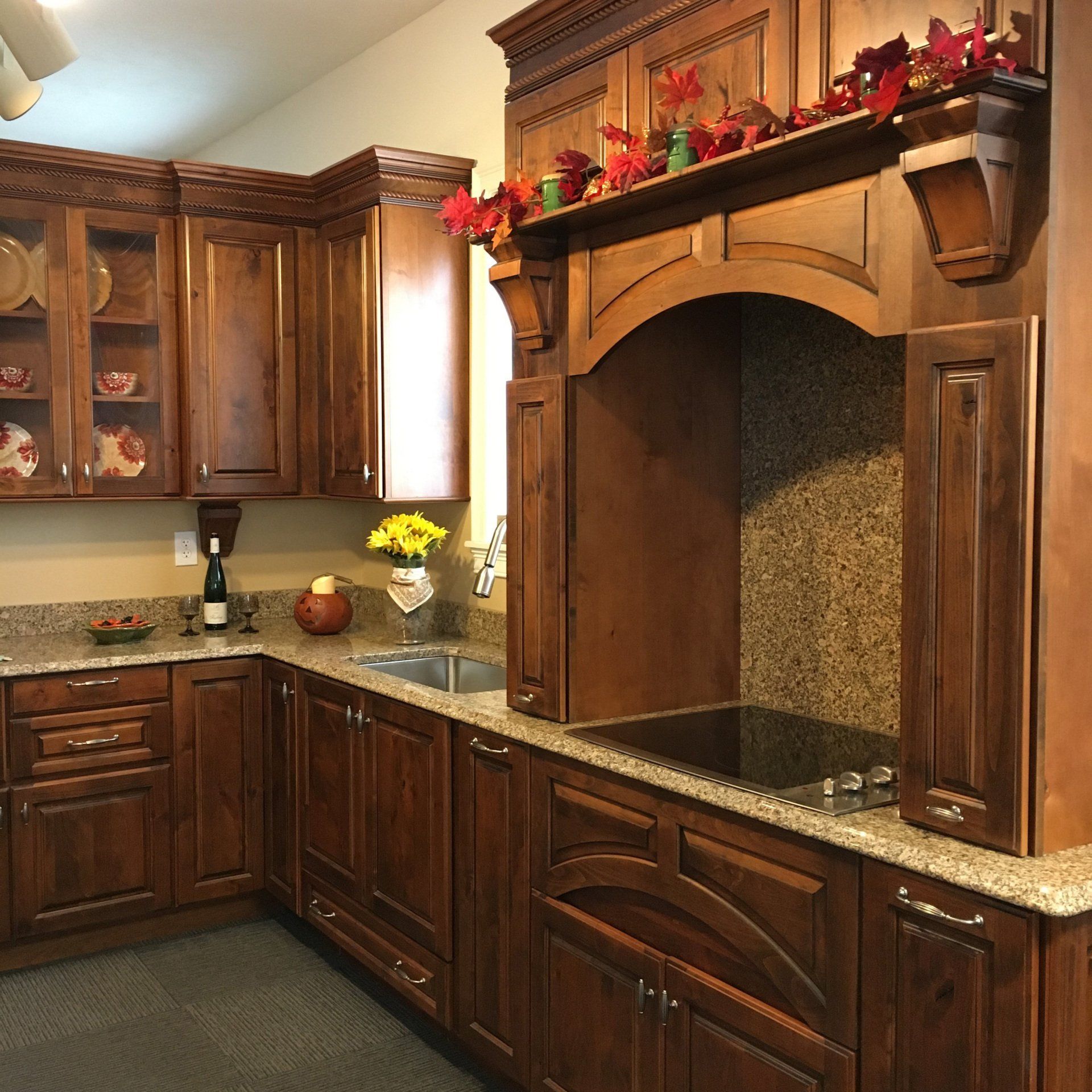
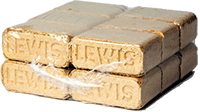
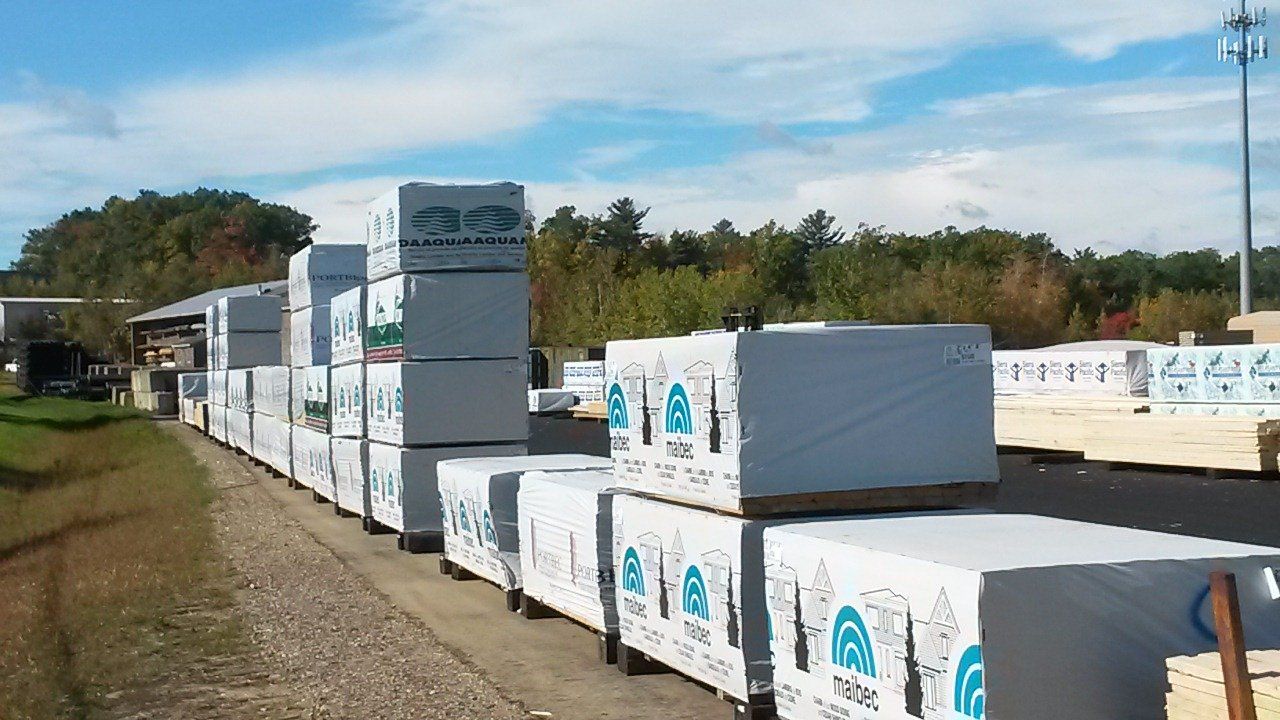
The lumber market nationwide continues to experience unprecedented price spikes and supply shortages
